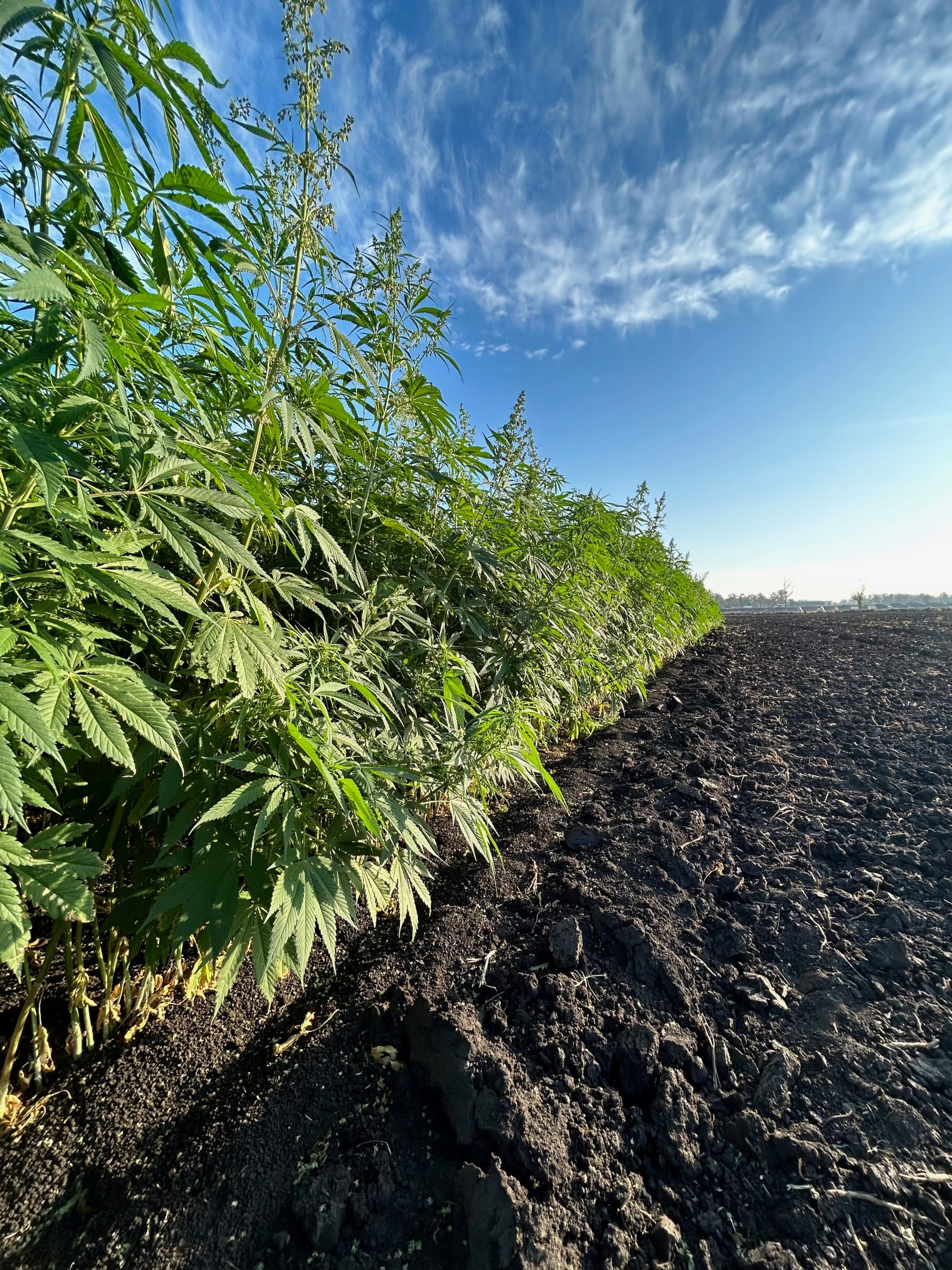Industrial hemp currently cannot be used as a livestock forage in Australia. There is concern that tetrahydrocannabinol (THC), found in hemp biomass, could transfer to animal products intended for human consumption. This project aims to provide data on the nutritional value of hemp forage and THC residues in tissues from sheep fed industrial hemp. The key outcome is to assist development of regulations around hemp as a forage crop for livestock and potentially make hemp a more attractive cropping/forage option to Australian farm businesses.

Project overview
Diversifying feed options for livestock is vital to lowering on-farm risk and adapting to seasonal variability. Hemp has been identified as a high-yielding (5-15t biomass/ha, 0.6-1.2t seed/ha), multi-purpose crop and an emerging industry in Australia. Hemp, a summer crop, grows in a wide range of climates provided adequate moisture is present at sowing. Hemp has therefore been flagged as a new summer forage option for ruminants.
In Mediterranean and temperate mixed-farming systems hemp may provide green feed for ruminants in late spring/early summer. This may offer valuable green feed at the critical time of joining and for weaner growth and survival. Alternatively, the stubble may be grazed after the crop is harvested for seed/fibre.
Current regulations around feeding hemp to livestock
Whilst each State has slightly different policies, the regulations are alike at a national level. That is, it is only legal to feed hemp to food-producing animals if it is:
– harvested or treated hemp stalks with all leaves, flowering heads and seeds removed denatured industrial hemp seed, or
– oil extracted and meal ground from denatured industrial hemp seed.
It is not legal to feed the following to food-producing animals:
– any hemp plant that still has leaves, flowers or seeds attached
– “failed” industrial hemp crops left unharvested in a growing paddock, or
– non-denatured hemp seed.
Tetrahydrocannabinol (THC) is considered a contaminant and is not allowed to be present in supplied animal products unless Food Standards Australia and New Zealand (FSANZ) has set a safe allowed level (a ‘maximum level’) for the contaminant. FSANZ have not set a maximum level for THC in animal products due to lack of data. Therefore, the current maximum acceptable level of THC in food coming from animals is zero.
Project aim, objectives and outcomes
This project aims to benefit the emerging industrial hemp industry as well as the livestock and grain industries in Australia. The primary aims of this research are to:
1. understand the effects of consuming hemp biomass on growth performance and carcase traits of sheep
2. measure cannabinoid excretion from sheep and accumulation in tissues.
Outcomes
1. Provide initial data required for development of government regulation and recommendations for feeding hemp foliage to livestock.
2. Increased adoption of industrial hemp as a new forage option for irrigated and dryland farming regions (annual rainfall above 600ml) due to stronger understanding of grazing application and effect of feeding hemp on sheep productivity, nutritional value, meat quality and food safety.
What are the benefits of this research?
Globally, food safety organisations are unable to write regulations incorporating whole-plant hemp into livestock feed regimes due to a lack of data in this field. This research is a proactive step towards assisting favourable regulations/feeding recommendations to be drafted. The research may also uncover production and/or health benefits for livestock, which may have commercial potential.
If results are favourable, the direct benefits of this research will include:
– attracting new growers to the hemp industry if regulations change to allow animals to graze hemp;
– improving crop useability and reducing risk for existing growers by creating a use for the foliage;
– providing a new summer forage option for livestock.
Project partners
Led by DPIRD, this project is operating in close partnership with ChemCentre and Charles Sturt University. AgriFutures Australia is the major project sponsor, delivered through their Emerging Industries program.
Project timeline
This project commenced in January 2020 and will finish in June 2022. There are two main phases to this project and results will be published on this page as they become available.